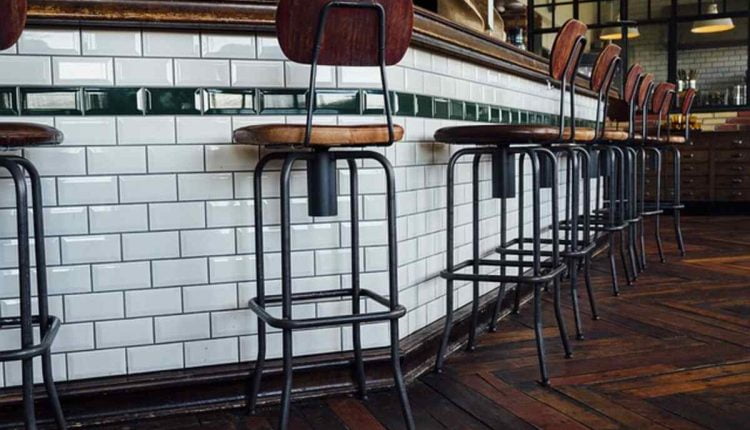Kitchen and Bathroom Remodels that Include Tile Work
Even though a do-it-yourselfer could feel overwhelmed by the complexity of some home improvement jobs, tiling a kitchen is much easier than it looks. It’s common knowledge that tiling a ceramic floor is among the more accessible tiling undertakings available. Despite popular belief, tiling a bathroom or kitchen is a simple task so long as you put in the time to plan it out and have all the materials and equipment you’ll need on hand.
Three commonplace tile-setting initiatives are featured here. Tiling the area under the kitchen sink and around the plumbing fixtures is a standard renovation.
Inset tile countertops are another option for the kitchen. Most people prefer to use a stone like marble or granite for their kitchen countertops. Despite this, many homeowners of older homes have opted to replace their tile countertops with something more modern. This should be prioritized while restoring buildings in the art deco style.
Kitchen floors that are tiled are a common choice. Unsurprisingly, the kitchen is one of the most common places to find a tile floor.
Surfaces for Preparing Food in the Kitchen
Backsplashes in kitchens are often found behind the sink and the range, although they can be installed elsewhere. Given the limited space, proper planning, precise measurements, and meticulous attention to detail are essential for installing a tile backsplash. Take your time and be careful.
The first step is to remove the old tile to assess the wall’s condition. If the wall is in decent shape, you may only need to clean the area and set up the new tiles. It may be essential to replace the drywall in the area before tiling, depending on the damage to the wall underneath. Green drywall installed beneath the backsplash can be a nice touch for a space near or behind the kitchen sink. Drywall is appropriate for use in other parts of the kitchen.
An industrial strength cleaner must be used to prepare the area for the new tile. Make sure the area is clear of any clutter or stray objects.
A hired wet saw tile cutter will help you cut the tiles to size, and then you can arrange them in whichever you like. Consider any large spaces or overlaps, and adjust your tile cutting accordingly. You’ll have to trim and cut to get a great fit.
Next, tile cement will be applied to the back of each tile, and they will be placed on the area per your blueprint. Start tiling from the bottom right corner of one side and work your way up and out. Any leftover glue on the tiles should be cleaned up as they are laid out in the area.
After the tiles have been set, grout the spaces between them and wait 24 hours for them to cure.
FLOORS IN KITCHEN
Kitchen flooring installation is not dissimilar from bathroom flooring installation. You’ll want to start in the room’s center and work outward, cleaning and preparing the floor as you go and checking the tiles’ fits to ensure a watertight finish.
Joe Wallis runs the helpful tile-laying resource website Learn How to Lay Tile.
Read also: The best way to Install a Slate Tile Carpet in 8 Steps


